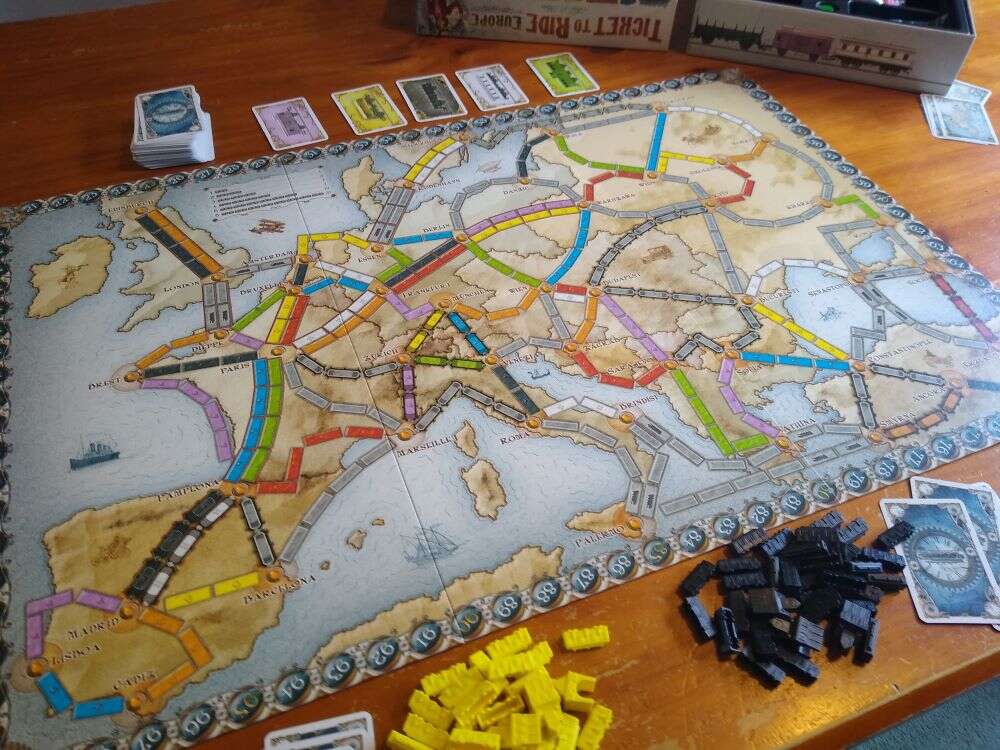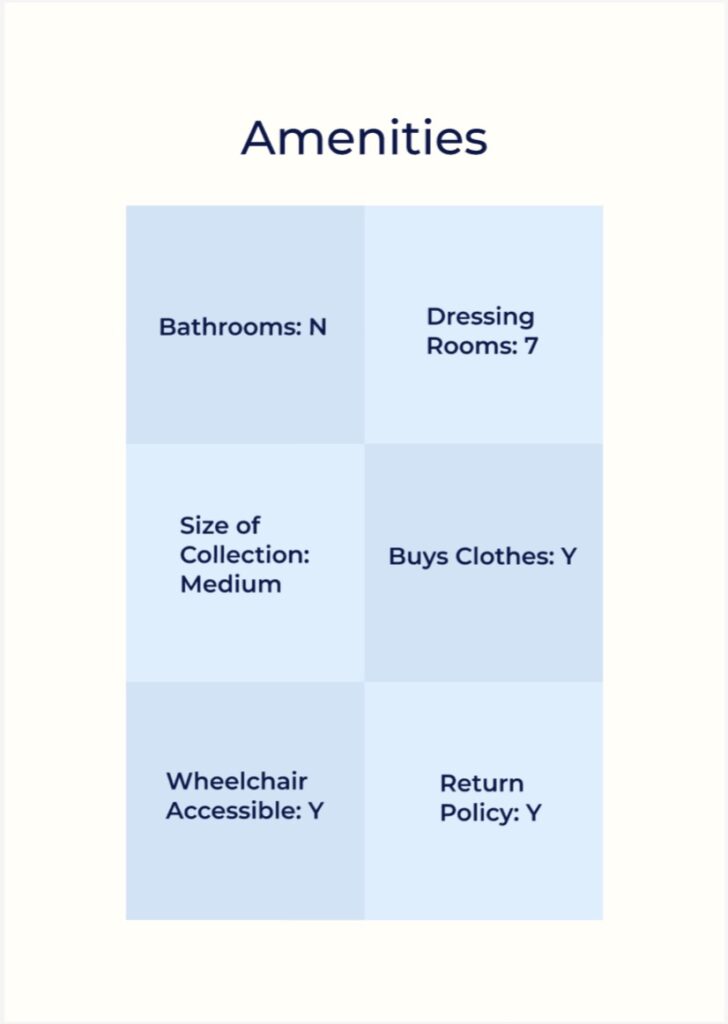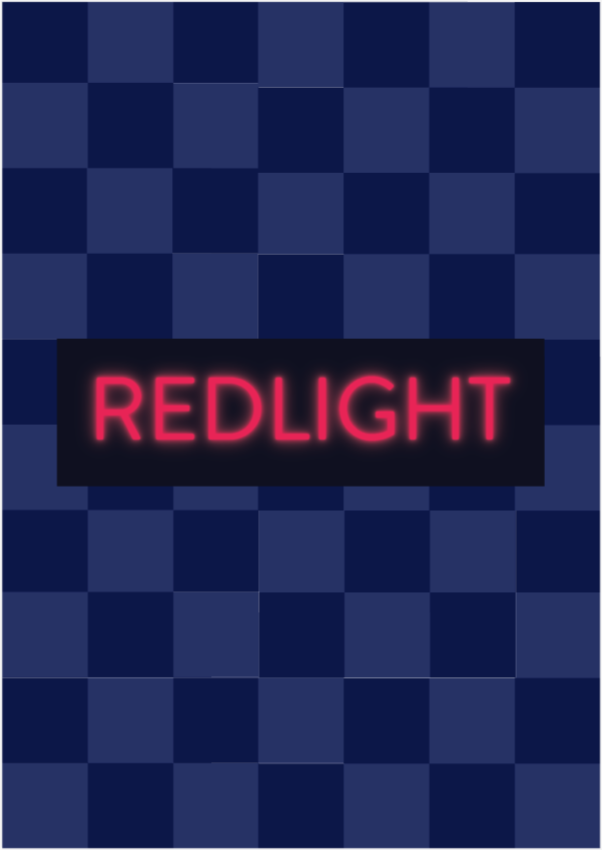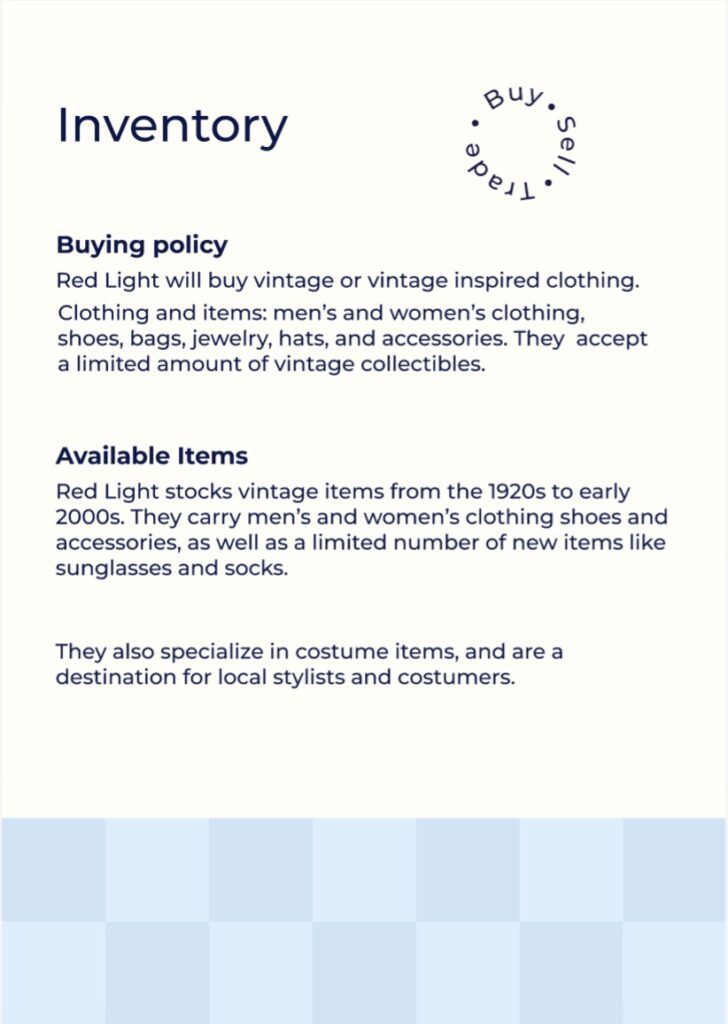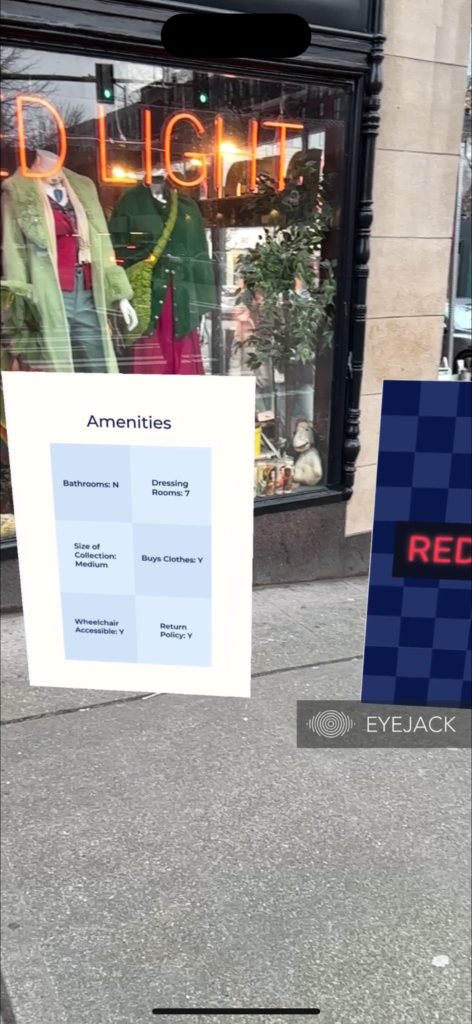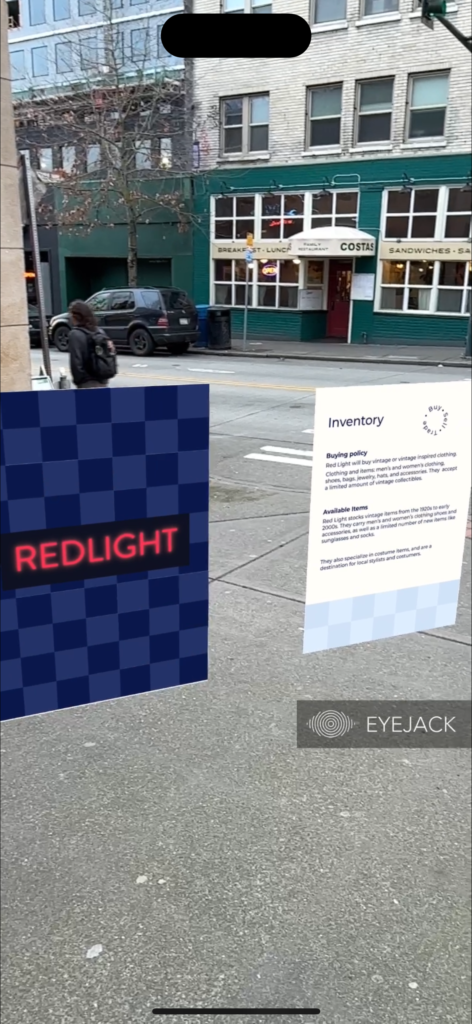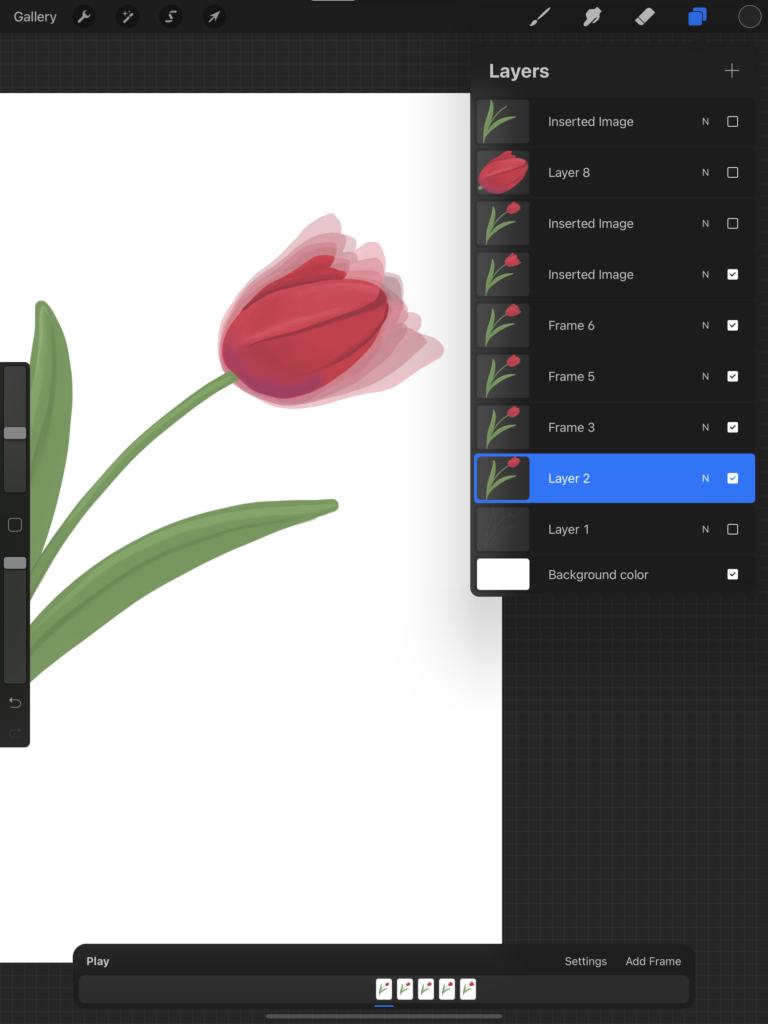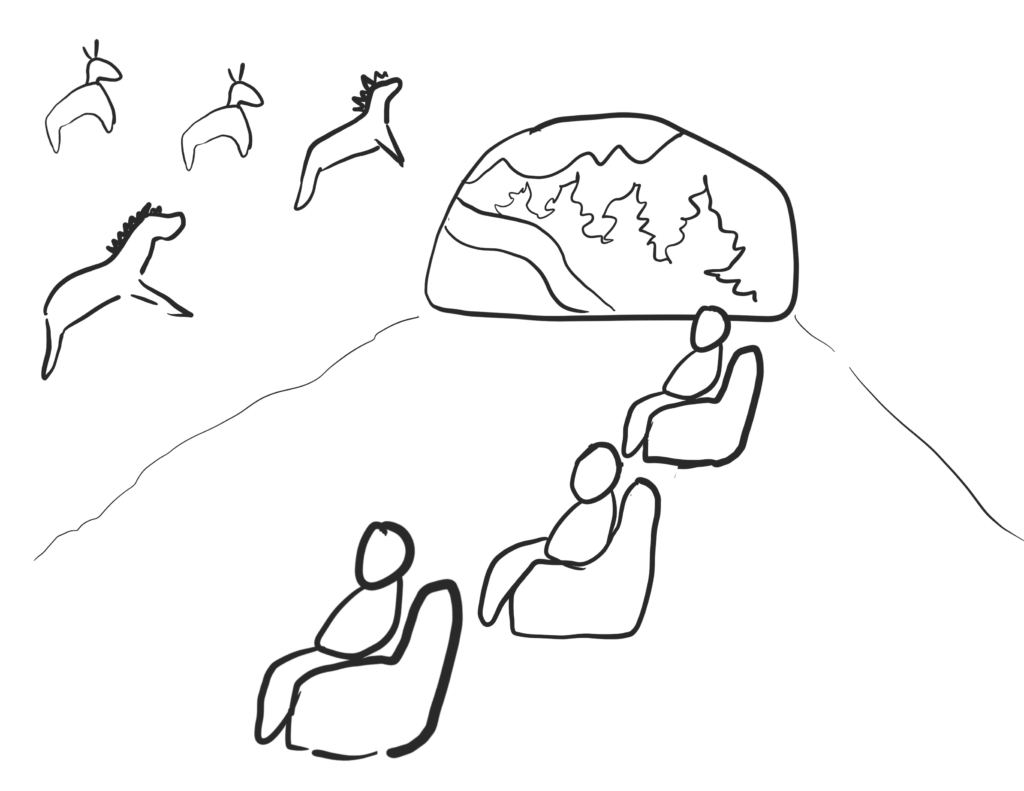The ads I watched: T Mobile Jason Momoa ad, Doritos Dinamita ad, Beyonce Verizon ad, Budweiser ad, Christopher Walken BMW ad, Temu ad (unfortunately)
Beyonce Verizon ad: this ad is for Verizon internet, and features Beyonce. The concept of the ad was that celebrities sometimes do things that garner so much attention that they overwhelm social media platforms i.e. they “break the internet”. In this ad, Beyonce’s assistant? PR person? challenges her to try to “break the internet” specifically Verizon. What follows is a series of clips of Beyonce doing increasingly more elaborate things to try to break Verizon internet (including launching “BeyoncAI”), culminating in the first musical performance in space. At the very end of the ad Beyonce is heard saying “ok they’re ready, drop the new music”. I thought that this was a fun way to highlight a celebrity cameo as big as Beyonce, and she had good comedic timing. The concept of the ad was straightforward and worked well in the short time slot available. The fast pace of the ad and cinematic production value would make it exciting even for younger viewers who are used to short form content. I believe that this ad was targeted towards Millennials and possibly Gen X and older Gen Z who might be paying for internet. I think that choosing a celebrity with wide appeal, like Beyonce, means that Verizon’s target demographic for this ad can be larger. However I think that the people who are most hyped about Beyonce are probably Millennials who have seen the progression of Beyonce’s entire career, and who also are paying for internet. Overall I thought this was an enjoyable and well executed ad, although it certainly wasn’t the most creative or original and there were more memorable ads that came from Super Bowl 2024. In my opinion the ad gets bonus points for the new music announcement.
Budweiser ad: This ad had a simple storyline and featured a small town bar somewhere in rural America during a winter storm. When the storm causes the power to go out and the roads to close, how will the Budweiser delivery make it to the rural bar? With the help of Clydesdales of course. Our beer delivery driver hitches up six horses and a cart to haul the Bud to the small town bar. Upon arrival our heroes are greeted by none other than the bar’s resident yellow lab. While this ad had (probably) the exact plot of a Hallmark movie, it was kind of sweet, and I did have a good time watching the animals. I believe that this ad is intended to have mass appeal, although it will probably be most enjoyable for people who are old enough to remember the first Budweiser Clydesdale Super Bowl ads. Although it was a little heavy handed with the nostalgia, it was fun. Who doesn’t like to see animals save the day. This ad also gets bonus points for featuring the song “The Weight” by The Band. A classic.
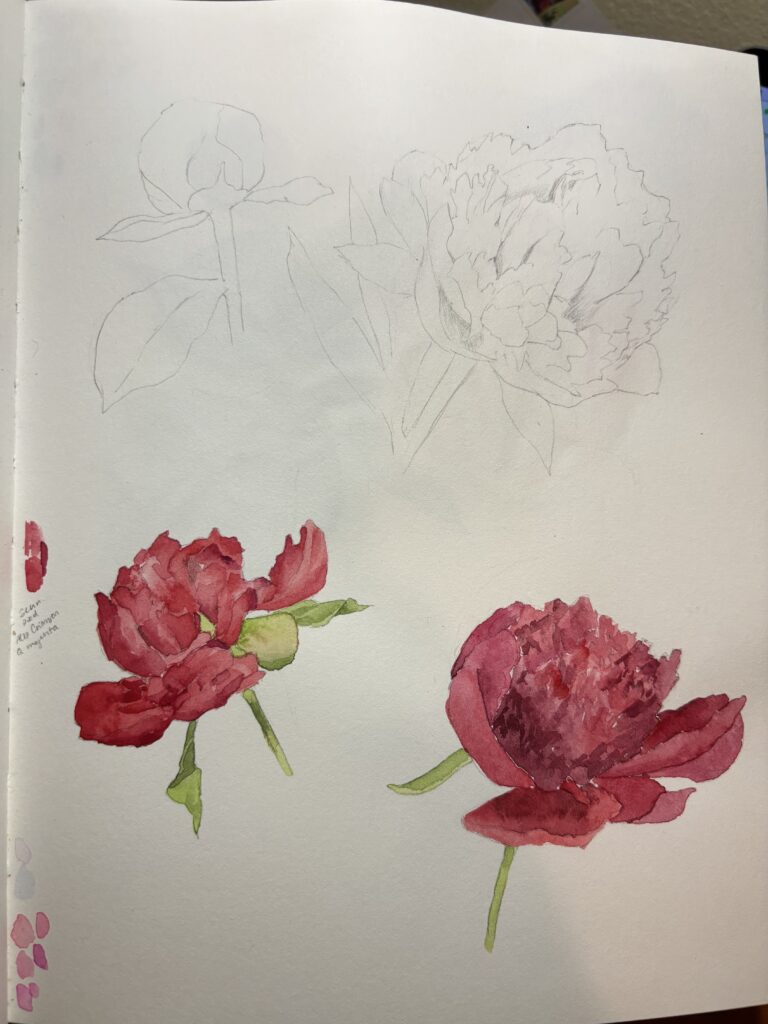


:strip_icc()/pic246641.jpg)
